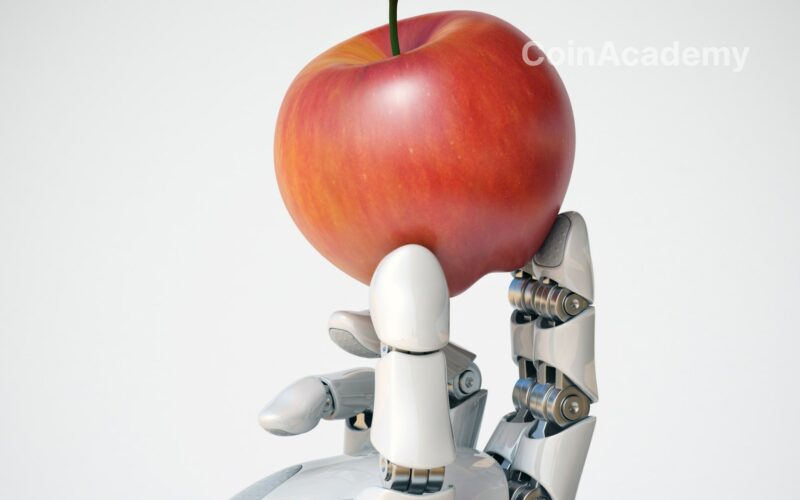|
Getting your Trinity Audio player ready...
|
OpenAI, the American artificial intelligence research laboratory has launched an iOS app for ChatGPT, built on GPT-3.5. The free-to-use version of the chatbot syncs all user history of chats with the bot across devices, in addition to incorporating the artificial intelligence model’s voice input feature, supported by OpenAI’s open-source speech recognition model, Whisper. ChatGPT Plus subscribers are offered the exclusive access to utilise GPT-4’s capabilities, early access to features and faster response times on iOS.
ChatGPT Goes Mobile
The popularity of ChatGPT soared shortly after its launch. The chatbot is now used by 100 million people, only two months following its release. As of January, it had almost 590 million visits, drawing the attention of some of the most significant startup and established names in the AI domain.
OpenAI’s successful launch of the mobile app for ChatGPT is a move towards making state-of-the-art AI research more accessible to people. However, the app is only accessible for users in the US currently, with plans to reach global markets in the near future and expanding to Android platforms subsequently.
Rise to Prominence
OpenAI made ChatGPT available for free to the public only five days after its release, gaining one million users almost instantly. To put its popularity into perspective, Instagram took two and a half months to attain its first million downloads, while the streaming service Netflix had to wait for over three years to reach the same figure. Recently, ChatGPT also presented several scenarios for the digital asset market in the upcoming decade.
Other renowned companies are also investing in the AI chatbot space. Google is currently developing its chatbot AI model, Bard. However, there is no confirmation of its launch date, even though it is reported that Google has already invested millions in it. Chinese tech giant Baidu has been working on its AI chatbot, Ernie, with plans to incorporate it in its search engine services this year.




